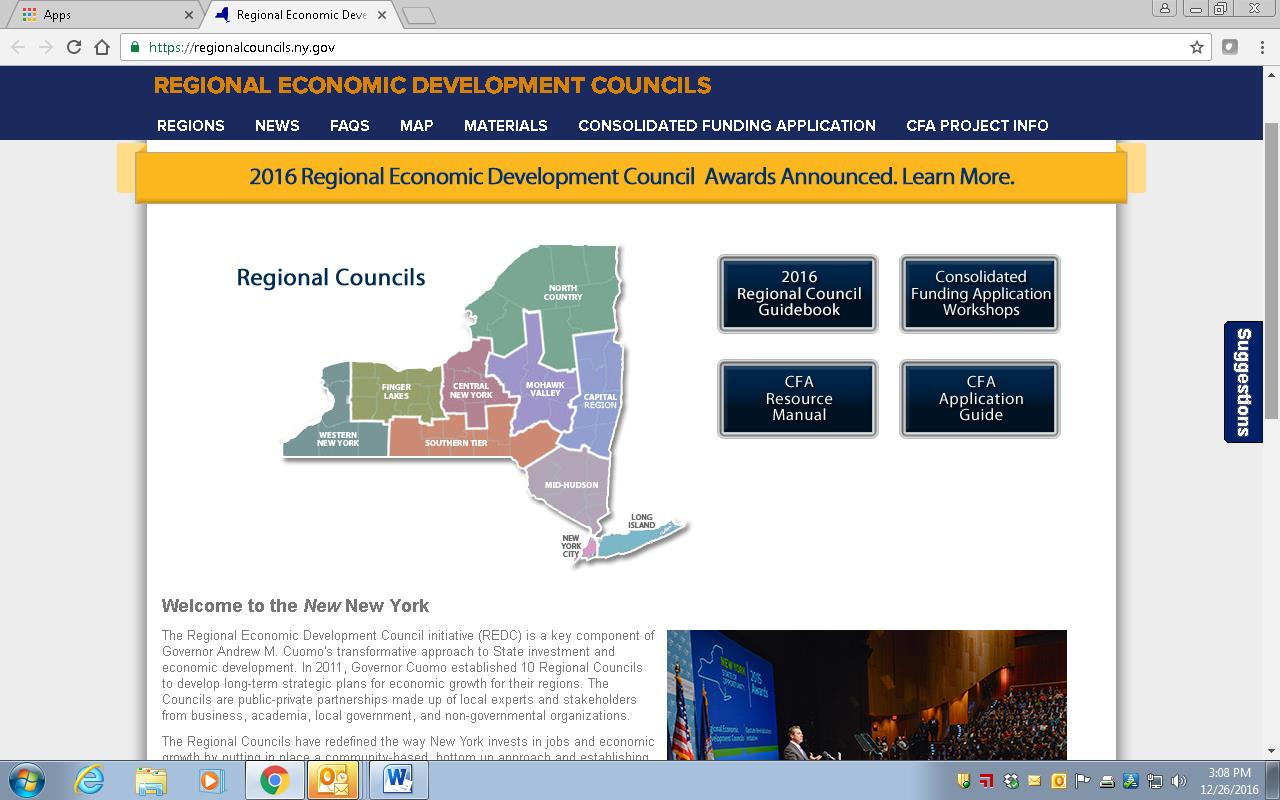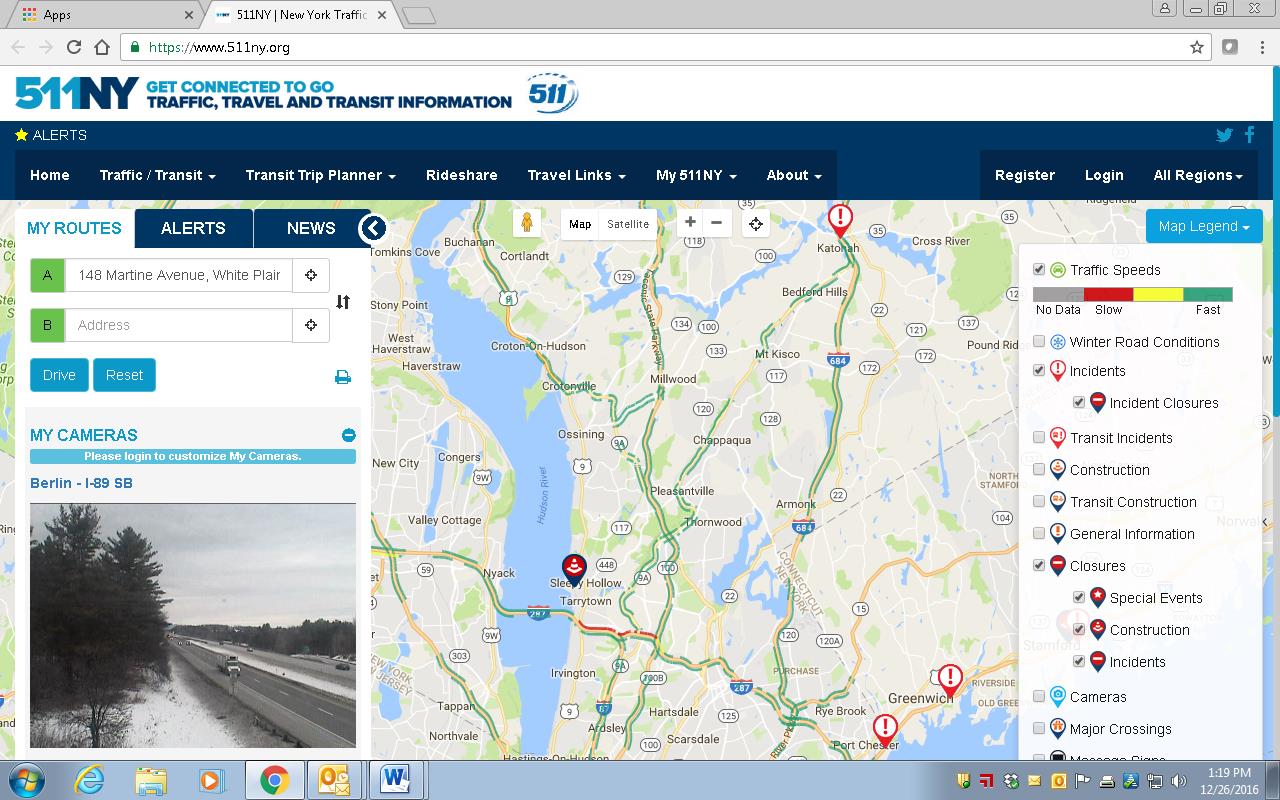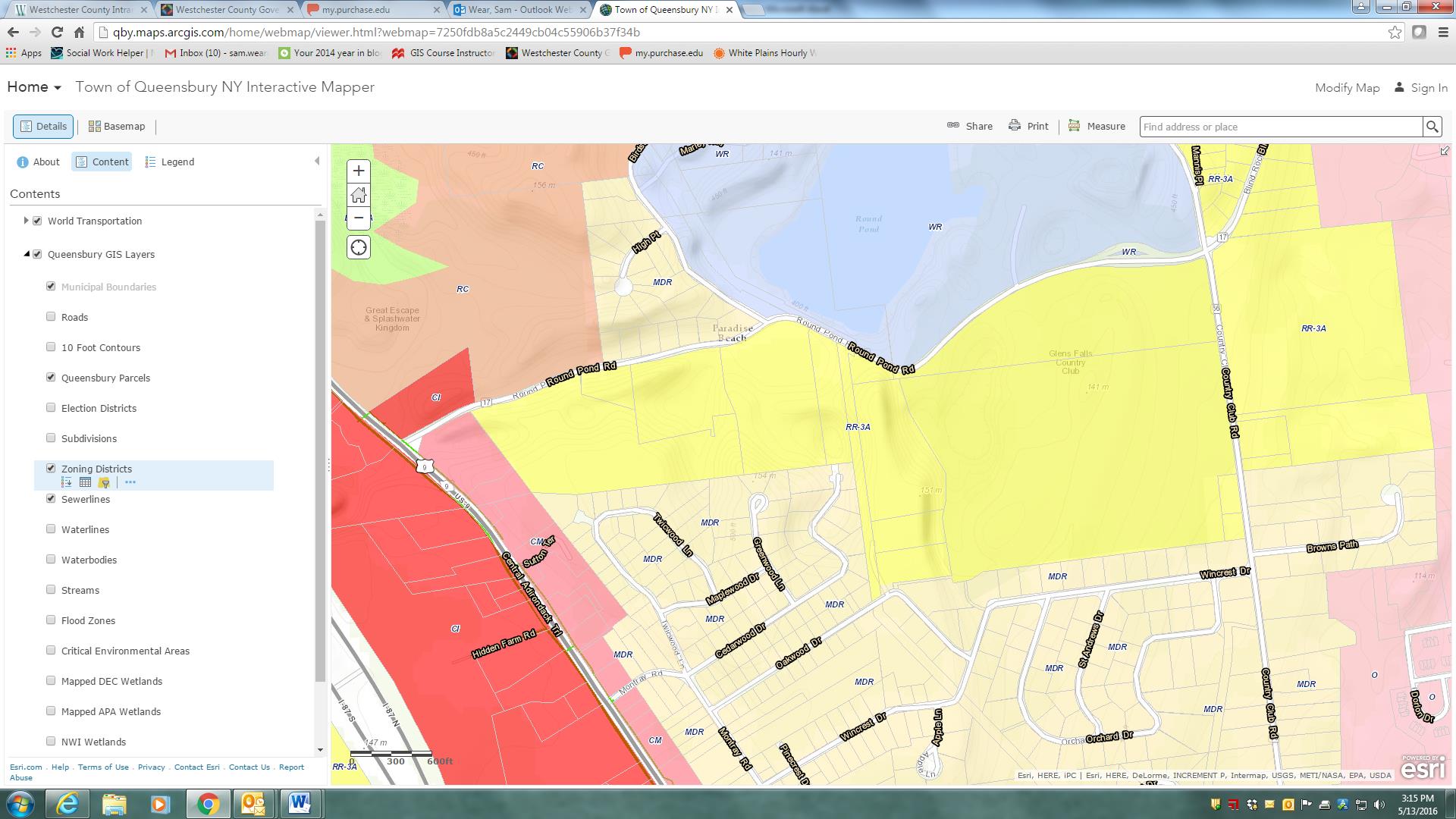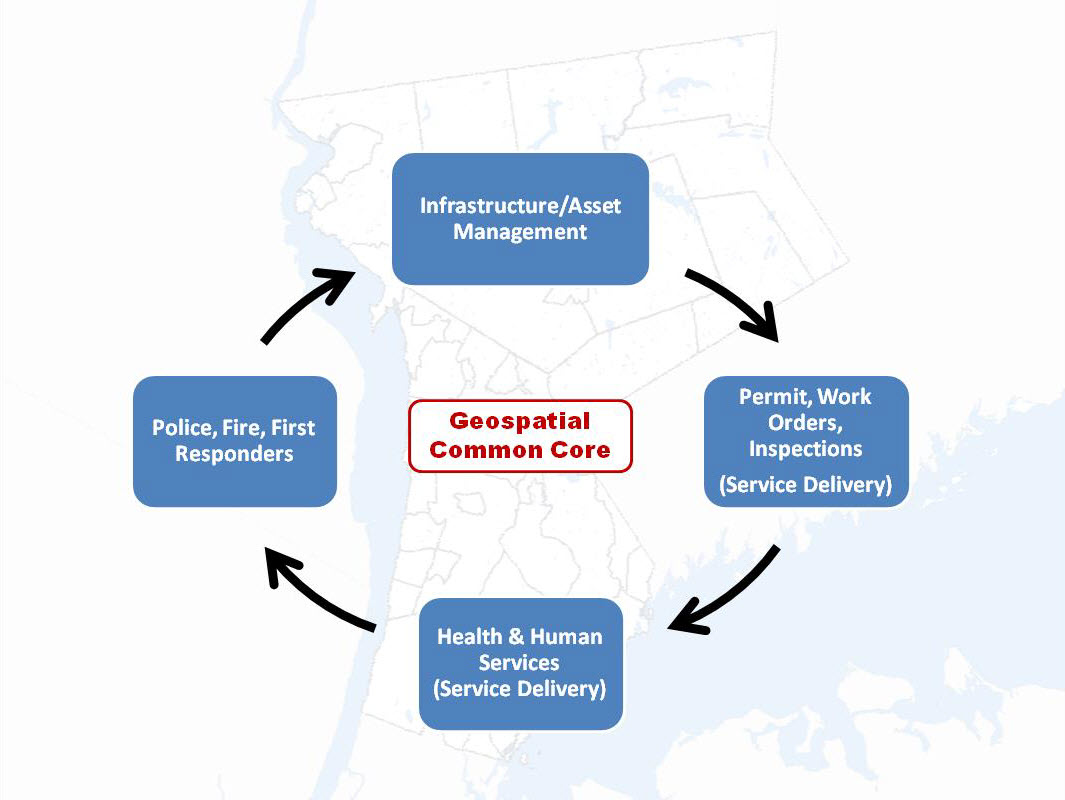Through a sequence of articles posted in eSpatiallyNewYork, I have proposed a series of GIS applications which provide a framework for establishing and maintaining GIS/geospatial programs in local governments (villages, towns, cities, and counties) across New York State. These applications areas are referred to as the Geospatial Common Core, many of which are integrated with local government office and administrative business systems. Others are utilized in the support of regulatory reporting programs. Together, the Geospatial Common Core contribute towards building sustainable geospatial capacity for local governments. This is the third installment of the series.
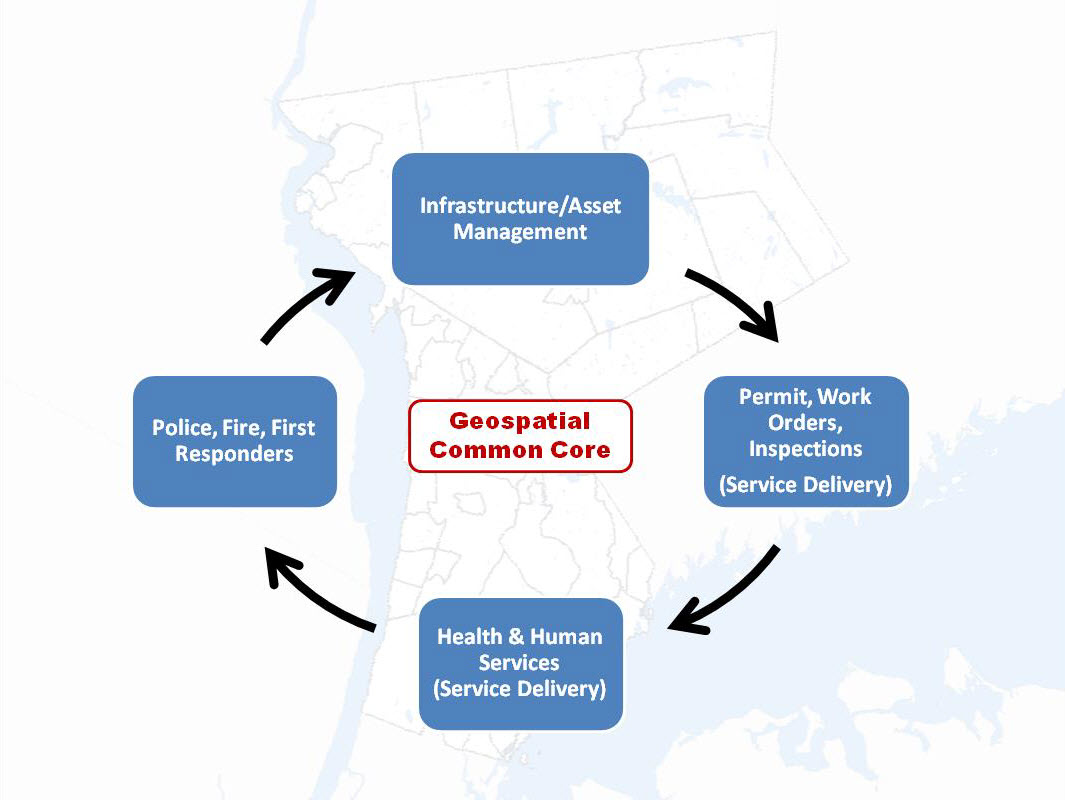
“GIS Common Core” application areas in New York State local governments
The first article entitled Part 1: Infrastructure and Asset Management focused on the growing and critical role local government GIS geospatial programs continue to serve in rehabilitating and maintaining the decaying and outdated New York State – and national – public infrastructure. The second article Part 2: Work Orders, Permitting, and Inspections (WOPI) published in March 2016 focused on geocentric software packages which are ubiquitous in government programs supporting work flows in areas such public works, health, planning, clerk, assessment, buildings/code enforcement and inspections. Organizations investing and integrating WOPI systems with GIS will continue to help build long-term sustainable geospatial programs in local governments.
Part 3: Health and Human Services (HHS)
Health and human services can often be broadly defined from one location to another but for the purposes of this article it includes a wide-range of government programs including, but limited to, public health services, social services, public assistance, youth and veterans programs, disability programs, housing and homeless services, child protection services, as well as the important network of contracted service providers governments rely upon in providing counseling and related support services. I have long been an advocate of building geospatial capacity in these local government program areas.
Why?
Statewide local government HHS budgets typically dwarf other local government operational program areas with regard to annual appropriations. While I am not a budget analyst and admittedly it’s sometimes difficult to follow the money trail of appropriations vs. revenues vs. actual tax payer costs in county budgets, here are a few examples to illustrate the size and magnitude of HHS programs in a selected 2017 NYS county budgets (Data/information from County webpages as noted):
- Stuben County 2017 Budget. (Page 3). Pie chart indicates nearly 47% of the appropriated budget dedicated to Health and Economic Assistance/Opportunity (includes Social Service disciplines) program areas
- Ulster County 2017 Budget. (Pages 1 & 2). Table and pie chart indicate nearly 42% of the appropriated budget dedicated to Public Health and Economic Assistance/Opportunity program areas
- Erie County 2017 Budget. (Pages 93, 159, and 174). Appropriations (rounded in millions) in Health ($86M), Mental Health ($47M) and Social Services ($591M) account for almost 50% of the $1,455,000,000 recommended general fund budget. (Note: There are other references to the 2017 budget being closer to $1.7B). Either way, HHS budgets are a significant portion of the overall county budget
- Albany County 2017 Budget. (Page 34). Employee Count table lists 657 of 2,535 County employees (26%) are in the Child, Youth, and Family Services (170), Social Services (308), Mental Health (90), and Dept. of Health (89)
- Suffolk County 2017 Budget. (Pages 101 and 366). Appropriations (rounded in millions) in Health Services ($249M) and Social Services ($628M) account for nearly 30% of a recommended $2.9B budget
- Monroe County 2017 Budget. (Pages 157 and 275). Appropriations (rounded in millions) in Human Services ($536M) and Public Health ($62M) account for nearly 50% of an adopted $1.2B budget


